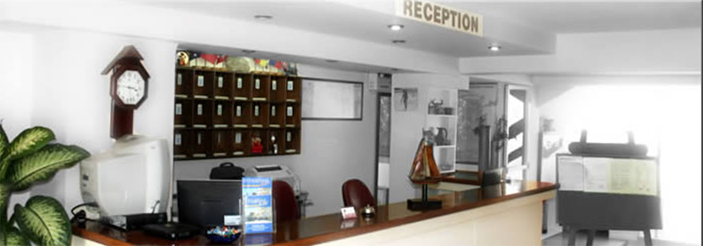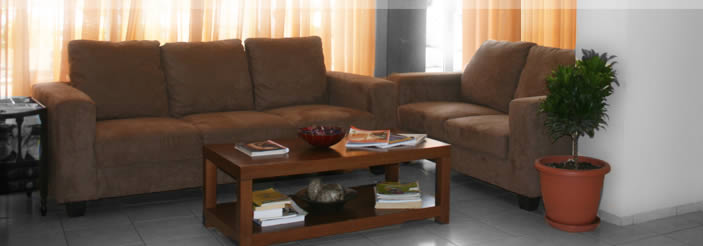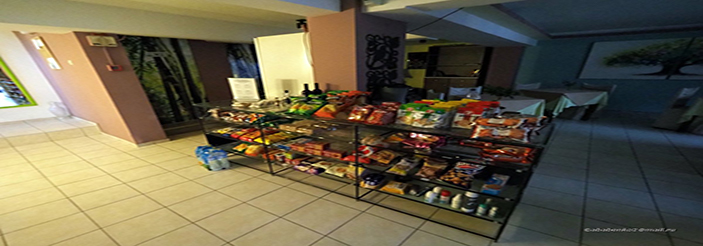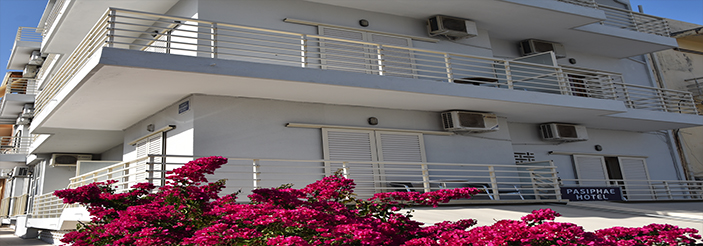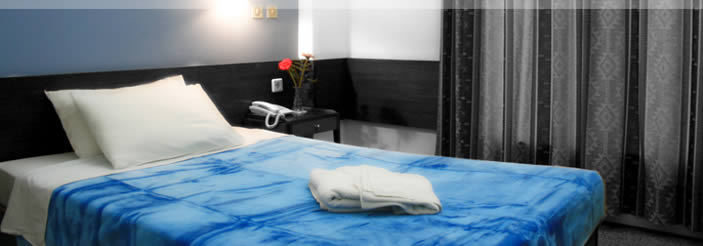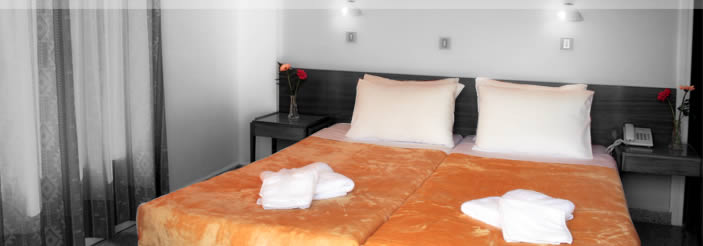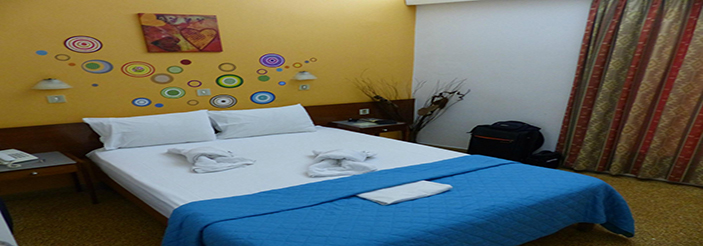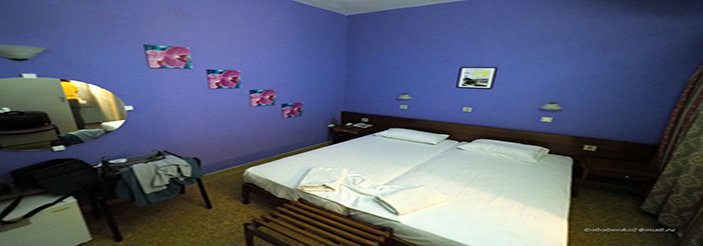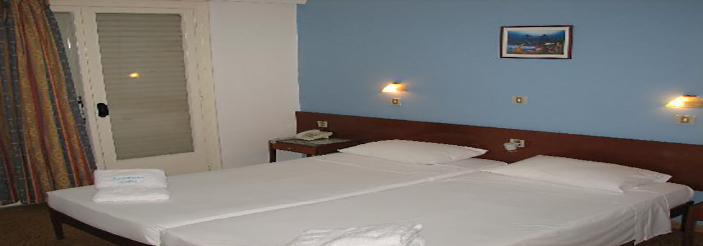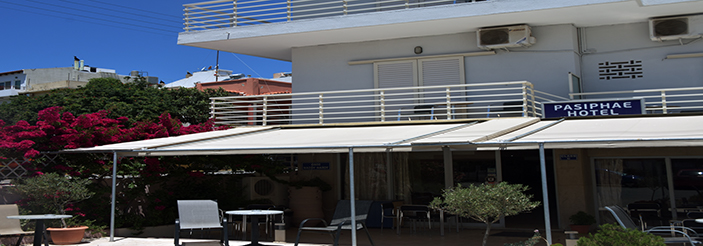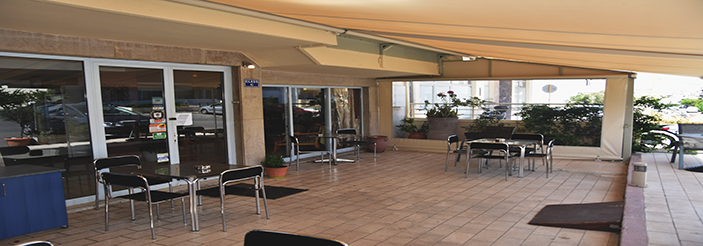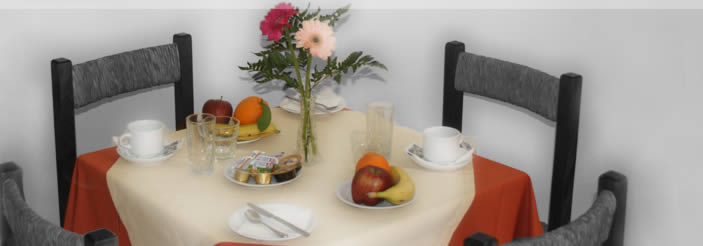Important archaeological sites, historical monuments and museums in Rethymno
Important archaeological sites, historical monuments and museums in Rethymno
Eleftherna
One of the most important archaeological sites in Crete is located 24km away from Rethymno city, near Eleftherna village and Ancient Eleftherna. Excavations started in late 1920’s by the British expedition and are still conducted by the University of Crete. The ancient city of Eleftherna is still to be discovered. The site shows a continuous human presence from Prehistoric times to the Early Christian period.
The most important findings were located in three sites of the hill: Orthi Petra on the western side of the hill, Pirgi at the center of the hill and Katsivelos on the easten side of the hill. Other important findings have been uncovered in Nisi, near Eleftherna village, including a settlement of the Hellenistic period.
The Geometric and Archaic necropolis and Hellenistic and Roman buildings have been discovered in Orthi Petra. Parts of Roman and Early Christian buildings were found in Pirgi.
Late Minoan Cemetery in Armeni village
An important cemetery of the Late Minoan era has been excavated in 1969 near Armeni village, located 10km south of Rethymno city. More than 220 tombs have been uncovered and the site is still under excavation.
Most tombs are chambered cut on the rocks and oriented from east to west. Narrow corridors leading to the tombs are also cut on the rocks. Fortunately, most tombs were not looted and findings include rich grave goods, such as pottery, figurines, bronze weapons, beautiful jewelry, tools etc.
The skeletons were found in the soil or in clay larnakes decorated with plants, animals and religious themes. It is estimated that the tombs were family tombs.
Monastiraki
Monastiraki is a village located in the Amari valley, 38km away from Rethymno city. Excavations in Monastiraki uncovered a Minoan complex of buildings likely dated to 2000BC and was destroyed by earthquake or fire in about 1700BC, when the Old Minoan Palaces were destroyed.
The complex includes storehouses, sanctuaries, and two archive rooms with earthenware seals. It is believed to be a palace.Monastiraki was first excavated by the German Archaeological Institute during World War II and is excavated by the University of Crete since 1980.
Lappa
Lappa is an ancient city inhabited from the Geometric until the Roman era. It was uncovered near Argiroupoli village.Most findings are dated to the Hellenistic and Early Roman periods, when the city seems to have flourished.
It is also known from written sources that Lappa was a very important city by that time. Lappa was destroyed by Metellus in 68BC and rebuilt in 31BC even bigger, with thermae and its own coinage.A cemetery of the Roman period has been recently excavated in Pente Parthenes site. The findings of the area, including two marble statues and a bronze statuette are exhibited in the Archaeological Museum of Rethymno.
Axos
Axos, one of the most important cities of Crete, was located near Axos village. Oaxos flourished for a long period, from the Late Minoan until the Late Roman era.Excavations brought to light significant findings, such as the Venus Temple, tombs, the prytaneum, parts of the citadel walls on the hill and remains of other buildings too.
Axos was first excavated by Italian archaeologists in the late 19th century. First findings included important pottery, inscriptions, figurines –among them the goddess of fertility, and various coins.
Apodoulou
Apodoulou site is situated near the village of the same name, 54km away from Rethymno. Remains of a palace of the Old Palace era were excavated in this site.
Apodoulou must have been a very important area in ancient times because it is located on the way to the Mesara plain. Three complexes of buildings and many tholos tombs have been discovered in Apodoulou. On of the tholos tombs had 7-meter-long corridor and contained three sarcophags.
Stavromenos
An important archaeological site is situated in Stavromenos area. A marble relief with a young hunter of the 5th century used as tomb stele was discovered in Stavromenos.
Research and rescue excavations are conducted by the 25th Ephorate of Prehistoric and Classical Antiquitites in Stavromenos since 1900, uncovering remains of dwellings and workrooms.The most buildings were discovered south of Stavromenos, on the hills Tsikouriana and Kakavella.
Idaion Andron
Idaion andron (Ida cave) is situated in Nida plain, in 1538m altitude. It is also known as the cave of the shepherdess. According to Greek mythology, Zeus, the father of all gods, was born or raised in this cave.
Rhea, Zeus' mother hid baby Zeus in the cave to save him from Kronos, his father. Kronos had swallowed all his other children because he was afraid that he would be overcome by his own children as it had been prophesized. In Ida cave, Zeus grew up suckled by a goat named Amalthea while Kouretes, soldiers or smaller gods, made noise with their swords and shields so that Kronos would not hear him.
Ida cave has been always connected to this legend and has therefore been a renowned worship center from the Minoan era until even Late Roman period.Many significant findings were discovered in Ida cave, including bronze shields with relieves of a unique type, seal stones, ivory artifacts, gold jewelry, pottery, figurines, tools and metal work.
Fortezza fortress
The Venetian fortress Fortezza was built in 1570 in order to protect the area of Rethymno from the Turks. Its ground plan is star-shaped and it has six ramparts and three gates. In the fortress, at its center, there was Saint Nicolas’ church, which was later converted into a mosque by the Turks.
Other buildings in the fortress are the rector's residence, barracks, storehouses, cistern and other residences, most of which have been destroyed. The Venetians planned to transfer the whole city in the fortress but that never came to happen.
The most important buildings inside the fortress are:
The gunpowder storehouse, where cannons and guns were kept, the counselor’s residence, where one of the two Venetian counselors’ of the city lived, and the Rector's residence, an imposing building in the central court.







